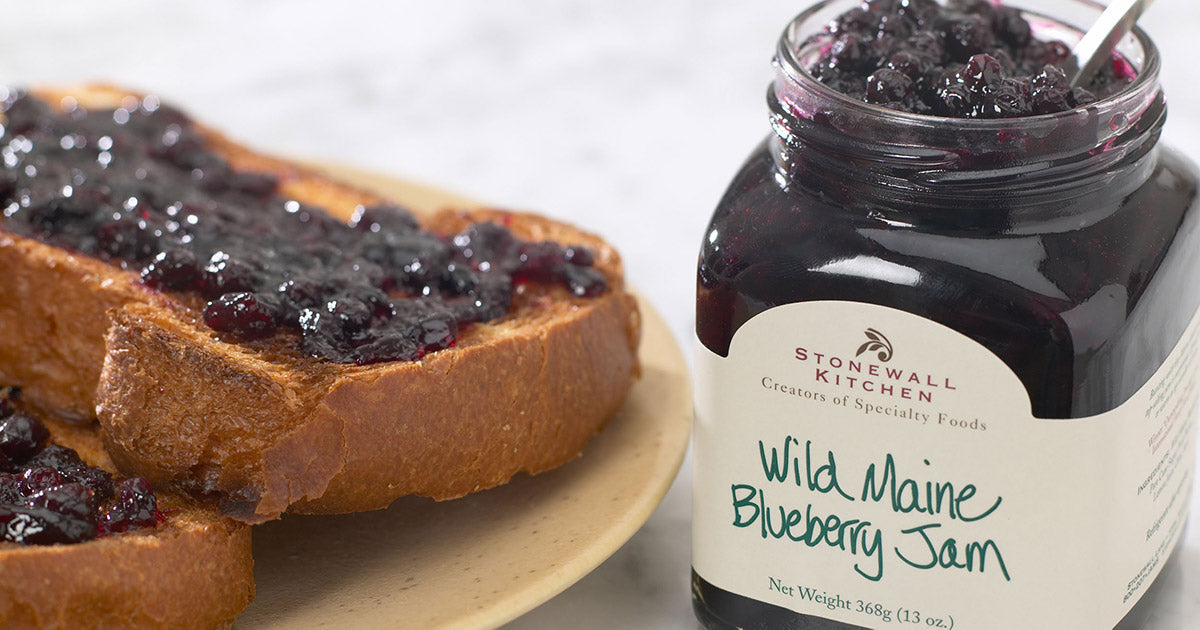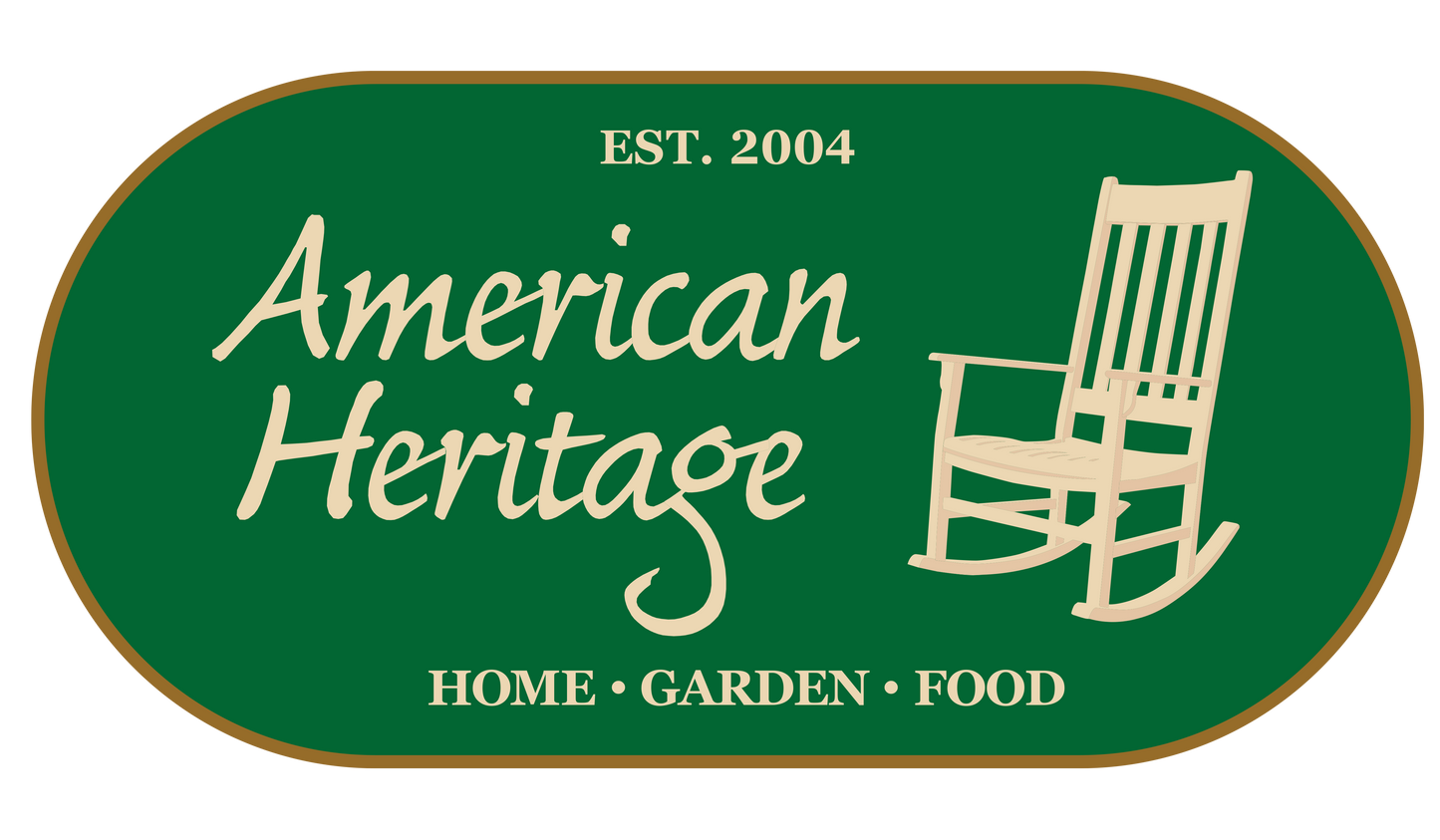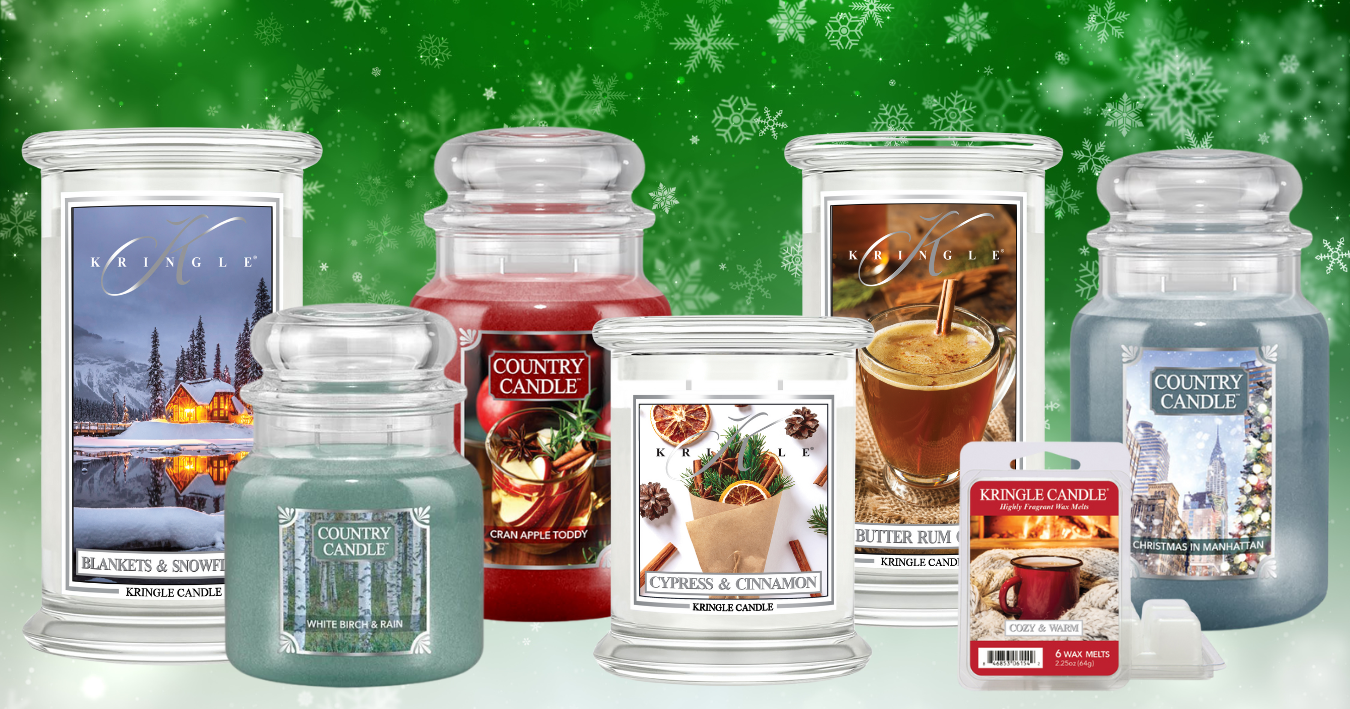
The difference between jelly and marmalade also exists in German. But what is the difference between jam and marmalade? I have been asked this question many times and there is an answer for it too. However, it is a little older, as the well-known Food and Drug Administration set standards for it back in 1940. They are based on the old Pioneer recipes of "half sugar and half fruit".
- Jelly - a jelly made from fruit juice, sugar and often pectin or acid. For 55 kg of sugar, at least 45 kg of fruit must be used. As early as the 16th century, there were "preserved" fruits made with cane sugar.
- Jam - a thicker mixture of fruit and sugar (and often pectin) that is cooked until the fruit is soft and has almost no structure, almost like a puree. The 45:55 rule also applies here.
- Preserve - based on jam, but additionally it can also contain whole fruit pieces or whole fruits.
- Marmalade - based on jam, but with pieces of fruit and also fruit rind, usually from citrus fruits. Our orange-cranberry marmalade is very typical, where you can see the orange peel.
- Fruit Spreads - are fruit spreads that are not FDA regulated. They are often made from fruit juice concentrates and artificial sweeteners. They are usually completely sugar-free.
- Fruit Butter - a spread in which fresh fruit is cooked and stirred with spices until it becomes a soft and creamy fruit mass.
And finally, the answer to the question of what the most popular flavors in America are: Grape Jelly, followed by strawberry jam. A child eats an average of 1,500 PB&J sandwiches (PB – Peanut Butter, J – Jelly, Source: International Jelly and Preserve Association, www.jelly.org ). For the “peanut bread with jam” our customers are spoiled for choice between chunkier and creamy peanut butter . Interestingly, everyone has a favorite without any compromises.


